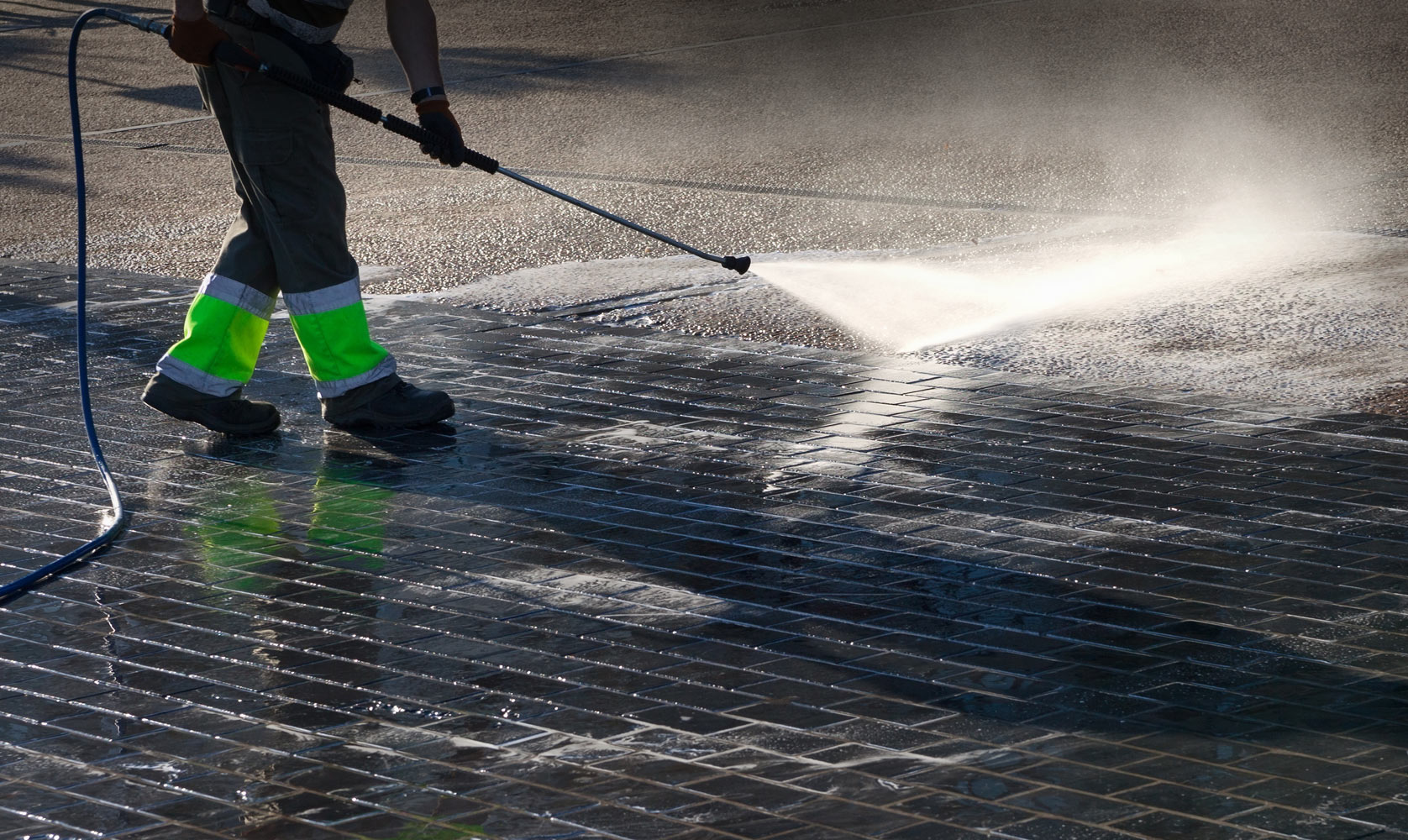
How to Build a Paver Patio: A Step-by-Step Guide to Transform Your Outdoor Space Excavating, hauling, and leveling materials takes work. You'll need to rent tampers, compactors, and concrete mixers to do the job right. You’ll then spread a four- to five-inch layer of angular gravel.
Concrete Forms
Work in sections to ensure the sand is level with your slope. You can use a piece of rebar or 1-inch pipe to create manageable sections. As you pour the sand into the area, pull a two-by-four across the top to level and screed the sand. Bricks can be placed in various patterns to give some oomph to your patio flooring, and this classic option can last over 100 years.- Make sure you are committed to the location of your patio, and then mark it off with stakes and string.Consider adding a border for aesthetics and stability, then fasten it with adhesive or spikes.Call your city office to learn about all building code requirements, zoning laws, or land use restrictions that may apply to your project.Use the float to level it and place the paver back into place.Use concrete pavers or another edging material to define the patio's edge.
Solar Sales Salary Guide
Contact Us
Clear View Builders
Email: [email protected]
Phone: https://www.inlocation.com.au/sacramento/real-estate-property/clear-view-builders/1420/95838 +19164205862
4913 Rio Linda Blvd
Sacramento, California, United States 95838
Step 4: Layout and Site Preparation
If you don’t want to wait for one to mature, opt for a potted version you can move around. A standard deck or patio umbrella, or market umbrella, can offer a much-needed reprieve from the sun. Most will fit through a hole in a table, shading diners. Offset models can stand freely with an umbrella hanging from an over-arching arm. 